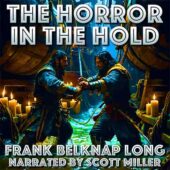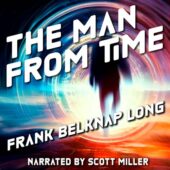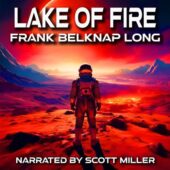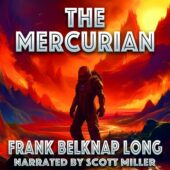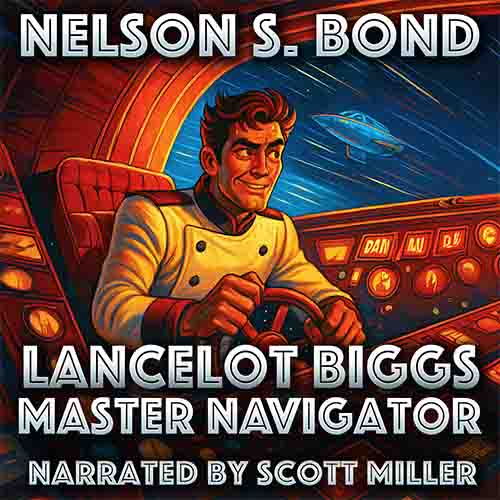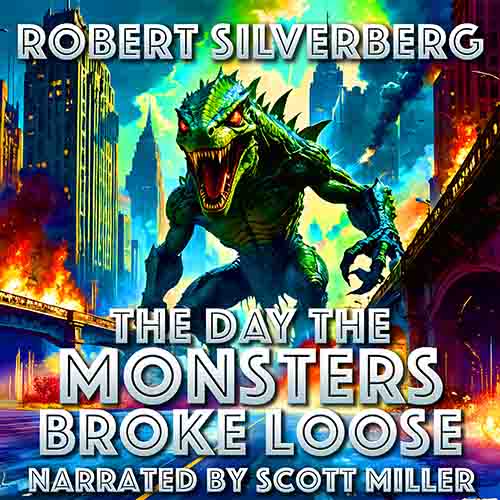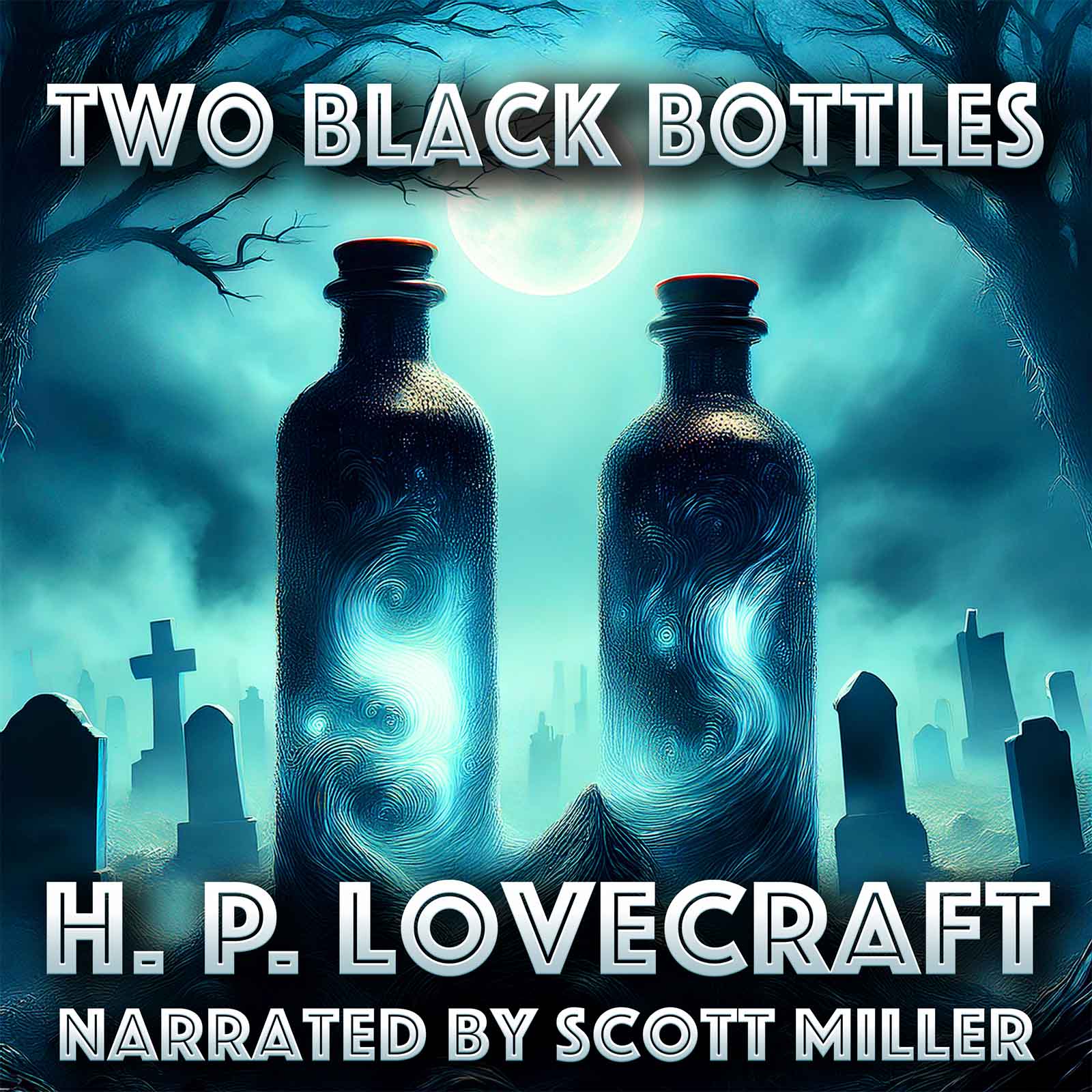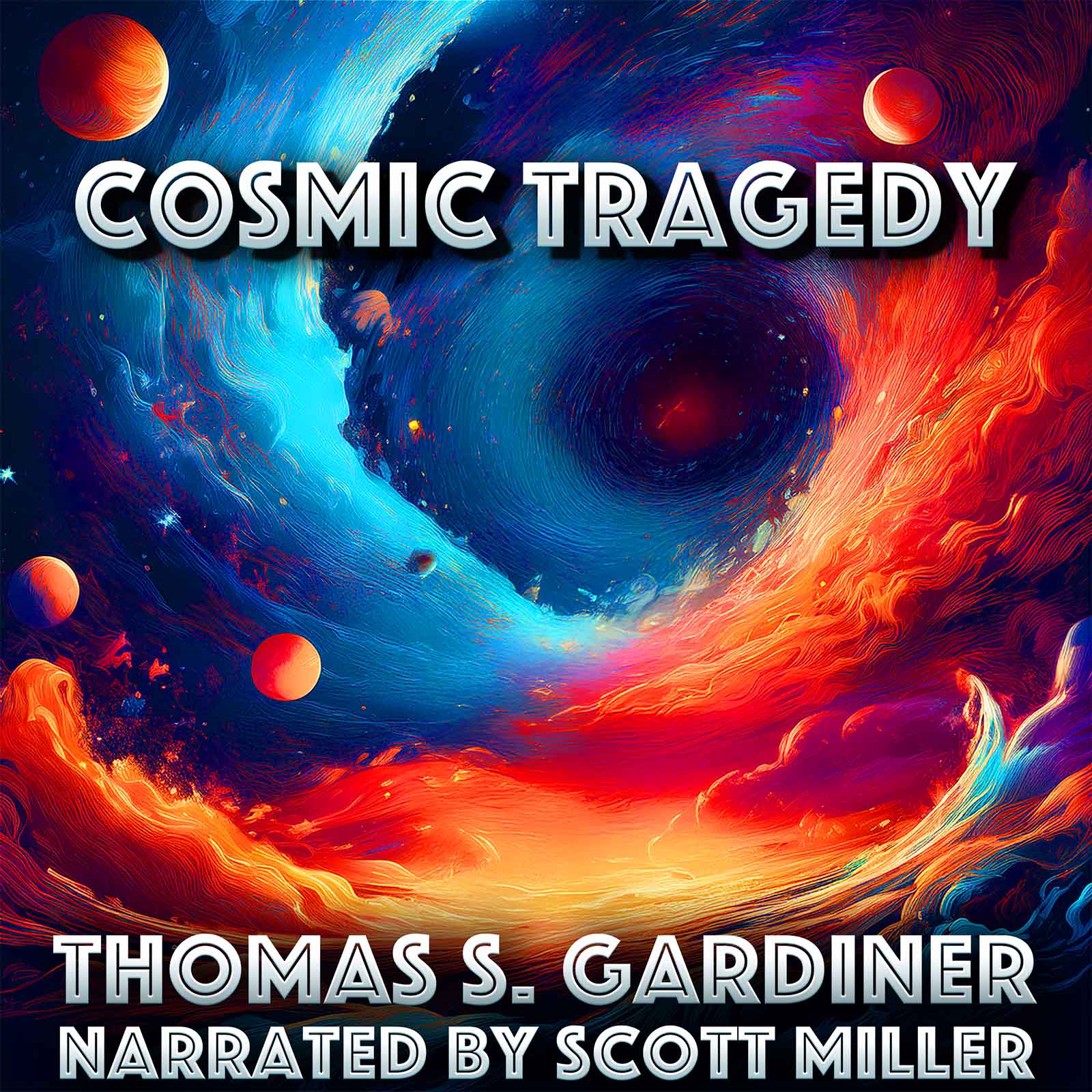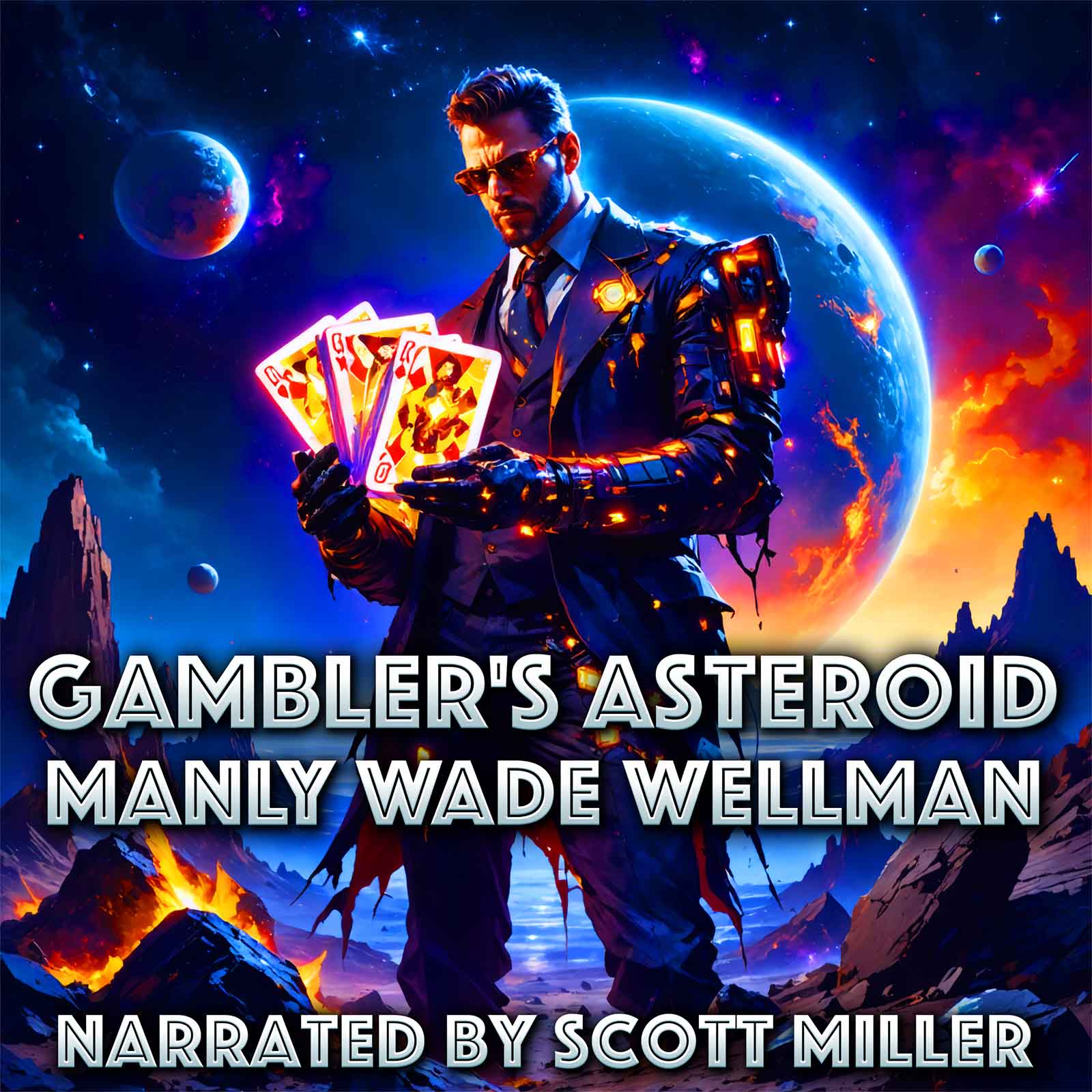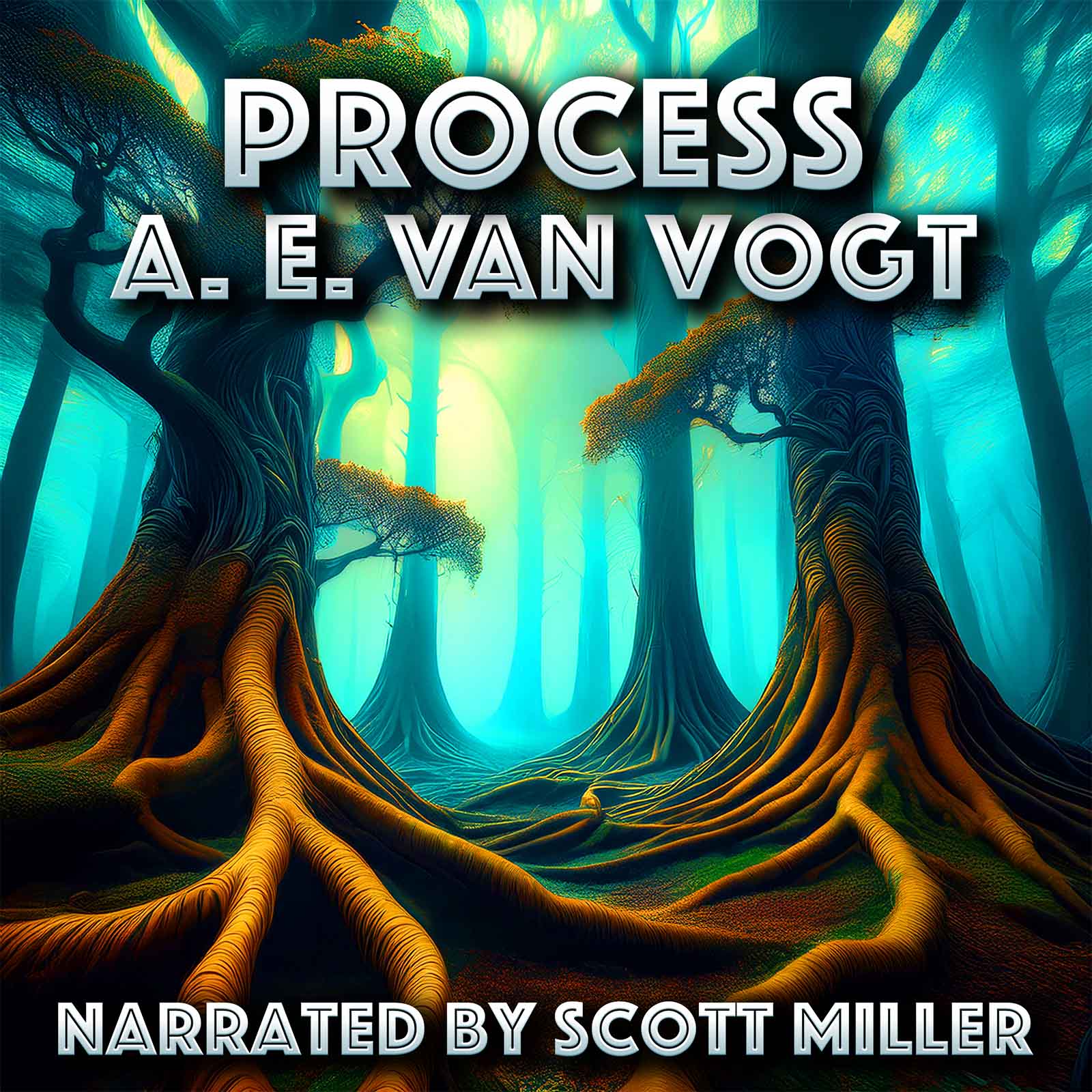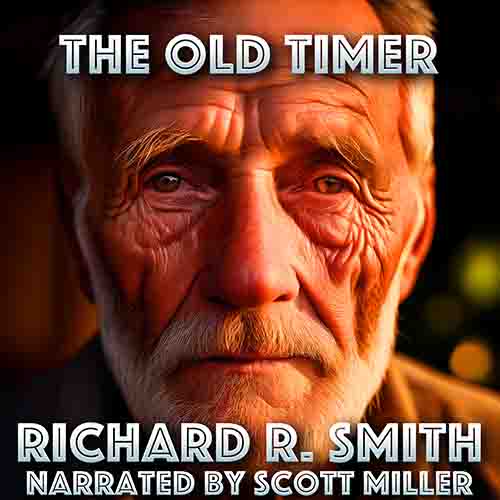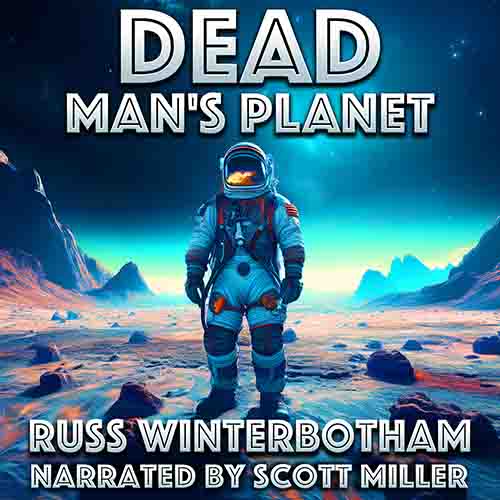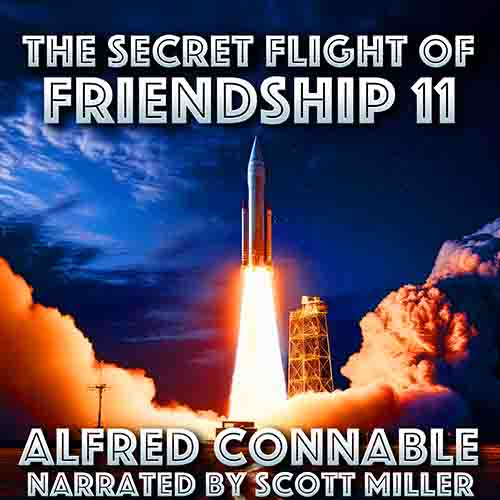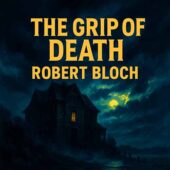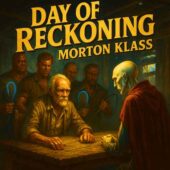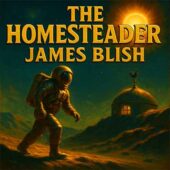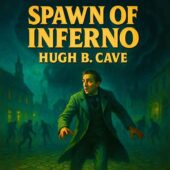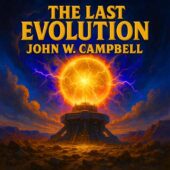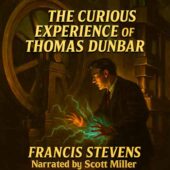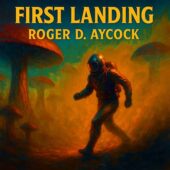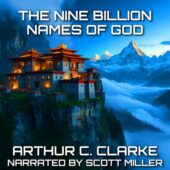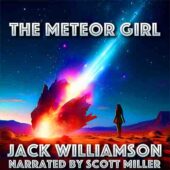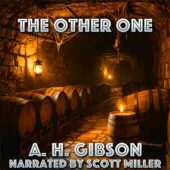Frank Belknap Long

Biography
Frank Belknap Long (1901–1994) was an American author, poet, and critic who became one of the most enduring figures of 20th-century speculative fiction. Over a career spanning seven decades, he wrote science fiction, fantasy, horror, and mystery, publishing across pulp magazines, digests, and paperbacks. Long was a close friend of H. P. Lovecraft and a key member of the circle of writers who expanded the Cthulhu Mythos, yet he also forged his own path as a versatile storyteller. His imaginative range—from cosmic horror to futuristic adventure—earned him recognition as both a pioneer and a bridge between the pulp era and later waves of science fiction and fantasy.
Born in New York City, Long grew up immersed in literature and art. By the early 1920s he was writing poetry, criticism, and fiction, and his first story, “The Eye Above the Mantel” (1921), revealed his fascination with the uncanny. He met Lovecraft in 1924, and the two developed a lifelong friendship and extensive correspondence. Lovecraft encouraged Long’s fiction, and Long contributed to the Mythos with stories such as “The Hounds of Tindalos” (1929), which introduced creatures that could move through angles of time rather than curves—a concept that became one of the most famous additions to the Mythos.
During the 1930s and 1940s, Long expanded beyond weird horror into science fiction. He contributed to Astounding Stories, Startling Stories, Thrilling Wonder Stories, and other magazines, becoming a familiar name to readers of pulp adventure and space opera. His work often combined cosmic imagination with strong narrative drive, exploring alien worlds, time travel, and dystopian visions.
One of his standout tales from this period is “Lake of Fire” (1939), which appeared in Startling Stories. A vivid planetary romance, the story follows explorers who confront strange alien landscapes and catastrophic forces. It exemplifies Long’s ability to fuse pulp adventure with awe-inspiring spectacle, using otherworldly settings to mirror human ambition and folly. Like much of his work in this era, “Lake of Fire” showed his comfort in the tropes of science fiction while retaining his love of the macabre and cosmic.
Another significant story, “The Man from Time” (1950), demonstrated his interest in the paradoxes and consequences of time travel. Published in Startling Stories as well, it told of a traveler cast into different eras, dramatizing the dislocation and irony of being unmoored from one’s own age. With its mix of scientific speculation and personal tragedy, the tale reflected the postwar science fiction interest in time as both playground and trap. It became one of his most anthologized stories, highlighting his role in the evolution of time-travel fiction.
Throughout the 1950s and 1960s, Long remained a steady contributor to the science fiction and fantasy digests. He published novels such as Space Station 1 (1957), Mission to a Star (1958), and The Horror from the Hills (1963, based partly on notes from Lovecraft). His fiction could range from light-hearted adventure to deeply unsettling horror, and his adaptability allowed him to survive the shifting markets of genre publishing.
Long also worked as a journalist, comics writer, and critic. His essays and reviews, particularly those on Lovecraft, helped shape early scholarship and appreciation of weird fiction. His biography Howard Phillips Lovecraft: Dreamer on the Nightside (1975) offered personal reminiscences, though later scholars have debated its accuracy. Still, it preserved valuable firsthand insight into the life of his mentor and friend.
Despite his long career, Long never achieved the fame of peers like Lovecraft, Robert E. Howard, or Clark Ashton Smith. Yet he remained a respected figure in fandom and professional circles. In 1976 he received the World Fantasy Award for Life Achievement, and in 1977 the Bram Stoker Award for Lifetime Achievement, honoring his contributions to horror and fantasy.
His later years were marked by financial hardship, but fans and fellow writers recognized his importance. Long’s work continued to be anthologized, and his presence at conventions was celebrated by those who admired his long devotion to the field.
Legacy: Frank Belknap Long’s career is remarkable for both its longevity and its breadth. He was one of the few writers to move from the Lovecraft circle of the 1920s through the pulp boom of the 1930s, the Golden Age of the 1940s, and the paperback explosion of the 1950s and 1960s. His stories, from the mythos-defining “The Hounds of Tindalos” to the planetary spectacle of “Lake of Fire” and the poignant time-travel paradoxes of “The Man from Time,” showcase a writer capable of marrying pulp thrills with lasting imaginative concepts.
Though not always in the spotlight, Long’s influence is felt wherever weird horror and science fiction intersect. His contributions to the Cthulhu Mythos remain canonical, and his broader work testifies to the pulp writer’s craft: prolific, adaptable, and inventive. By the time of his death in 1994 at the age of 92, he had witnessed nearly the entire arc of modern speculative fiction—and helped shape it.
